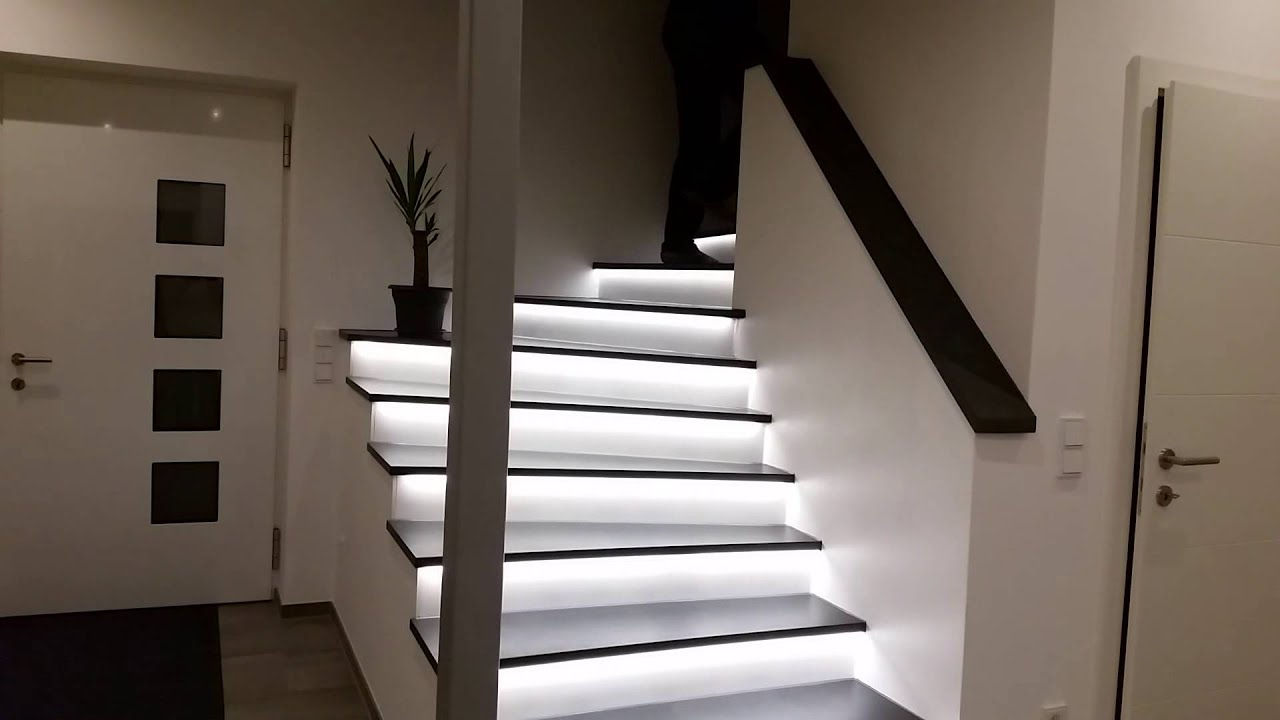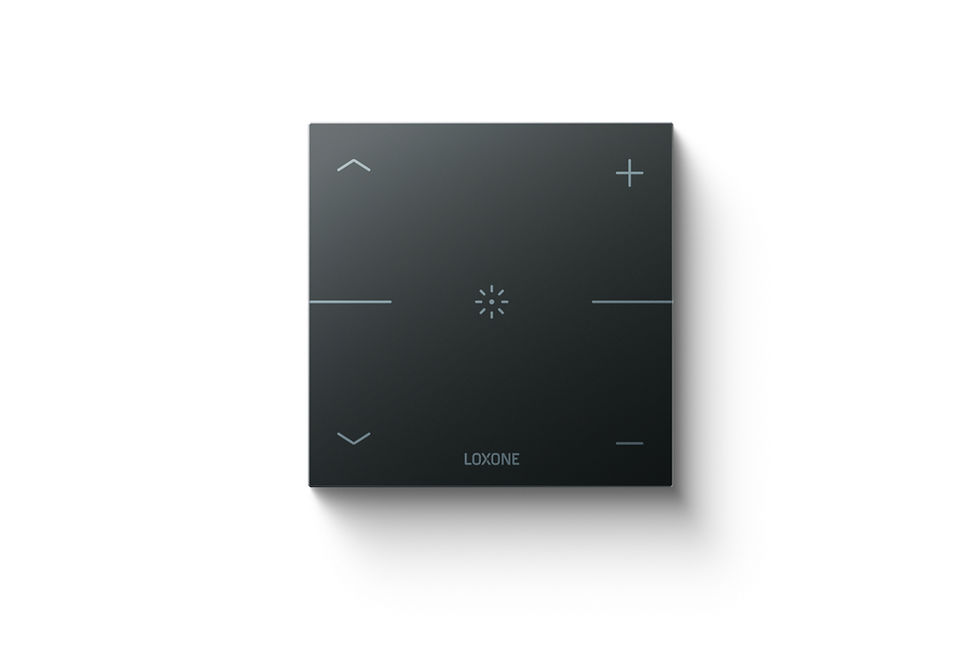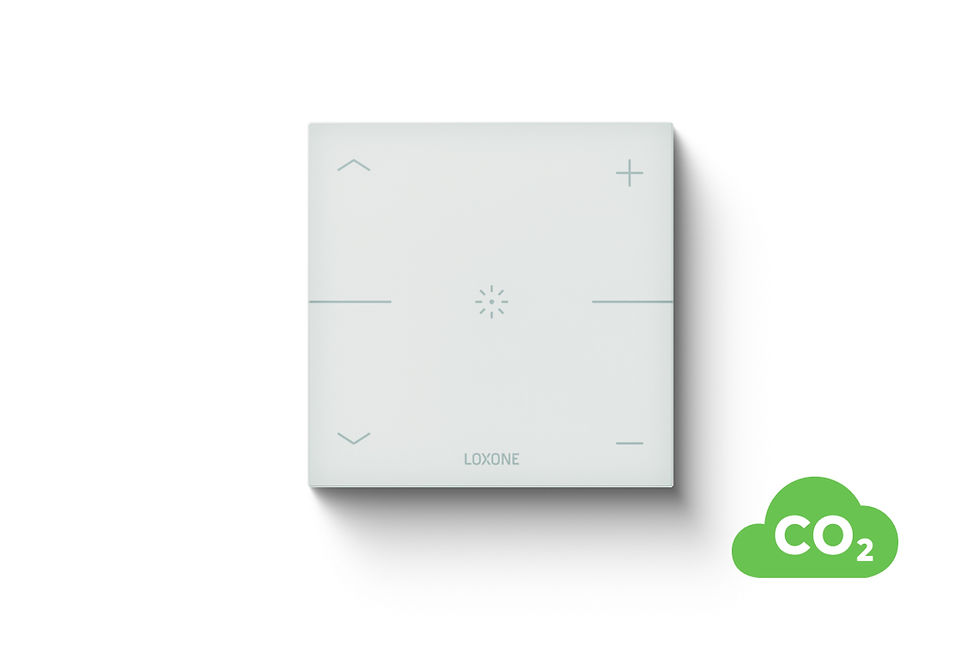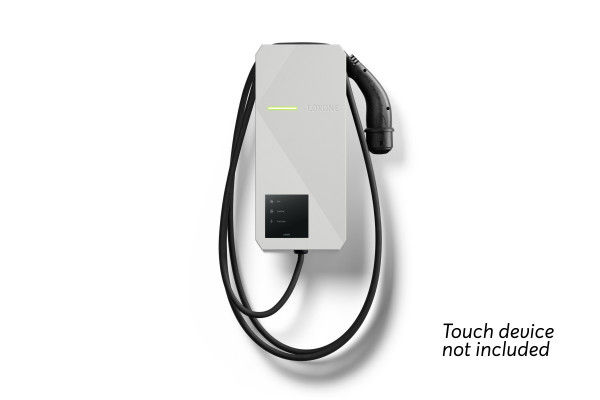Herausforderung: Automatische Treppenbeleuchtung
Eine Treppe nachts zu beleuchten schafft nicht nur Sicherheit, sondern bereichert auch eindrucksvoll das Gebäude Ihrer Kunden. Die Sicherheit wird durch eine Ausleuchtung jeder einzelnen Stufe maßgeblich erhöht. Doch nicht nur der Sicherheitsaspekt einer Treppenbeleuchtung spielt eine Rolle – durch sie lässt sich auch ein eindrucksvolles Ambiente realisieren! Das Besondere, in diesem Anwendungsbeispiel ist, dass jede Stufe einzeln mit einer indirekten Beleuchtung in Szene gesetzt wird. Hierzu eignen sich warmweisse LED Streifen am besten, da hierzu nicht so viele Dimmer benötigt werden. Natürlich kann auch jede Treppenstufe mit einem RGBW LED Streifen beleuchtet werden. Hier erhöht sich allerdings der Hardwareeinsatz.
Die Herausforderung besteht nun darin, ein bewegungsabhängige Treppenbeleuchtung zu konfigurieren. Je nachdem, ob die Treppe von unten oder von oben betreten wird, soll das Lauflicht bei der jeweiligen Stufe beginnen. Beim Ausschalten der Stufenbeleuchtung soll das Lauflicht entgegengesetzt ausgehen. Also mit der ersten Stufe die betreten wurde beginnend und bei der zuletzt betretenen abschließend.
Lösung: Automatische Treppenbeleuchtung inkl. Effekt-Lauflicht
Die Stufenbeleuchtung Ihrer Kunden soll sich nur aktivieren, wenn die Treppe wirklich betreten wird. Ist die Treppe tagsüber ausreichend durch natürliches Licht ausgeleuchtet, so wird die Stufenbeleuchtung nicht aktiviert. Mit Hilfe des Loxone Miniservers lässt sich die Stufenbeleuchtung speziell auf die Bedürfnisse Ihrer Kunden anpassen. So auch in unserem Anwendungsfall. Wir gehen von einer Treppe mit 12 Stufen und einer Beleuchtung durch warmweiße LED Streifen aus. Die warmweißen LED Streifen werden über RGBW 24V Dimmer angesteuert. Ein RGBW 24V Dimmer verfügt über vier Ausgänge die mit bis zu 50W belastet werden können. Somit ergibt sich bei den warmweißen LED Streifen von Loxone eine maximale Länge von 5m pro Kanal.
Damit nun zuverlässig erkannt werden kann, ob eine Person die Treppe von unten oder oben betritt, werden zwei Bewegungsmelder Tree verwendet. Diese sind so positioniert, dass wirklich nur eine Bewegung delektiert wird, wenn sich eine Person der Treppe nähert.
Wird nun eine beispielsweise eine Bewegung im unteren Sektor der Treppe erkannt, so beginnt das Lauflicht mit einer frei definierbaren Verzögerung. Hat das Lauflicht die oberste Stufe erreicht erlischt die Beleuchtung wieder bei der untersten Stufe beginnend. Betritt Ihr Kunde als Erstes den oberen Bereich der Treppe, verhält sich das Lauflicht genau entgegengesetzt.
Live erleben und ansehen im Showroom in Wels!
Gerne können sie sich diese Art der Stiegenbeleuchtung auch persönlich nach Terminverbeinbarung in unseren Showroom in Wels ansehen.
Jetzt Showromm Termin vereinbaren >>
Hardware:
Das könnte Sie auch interessieren:




































































